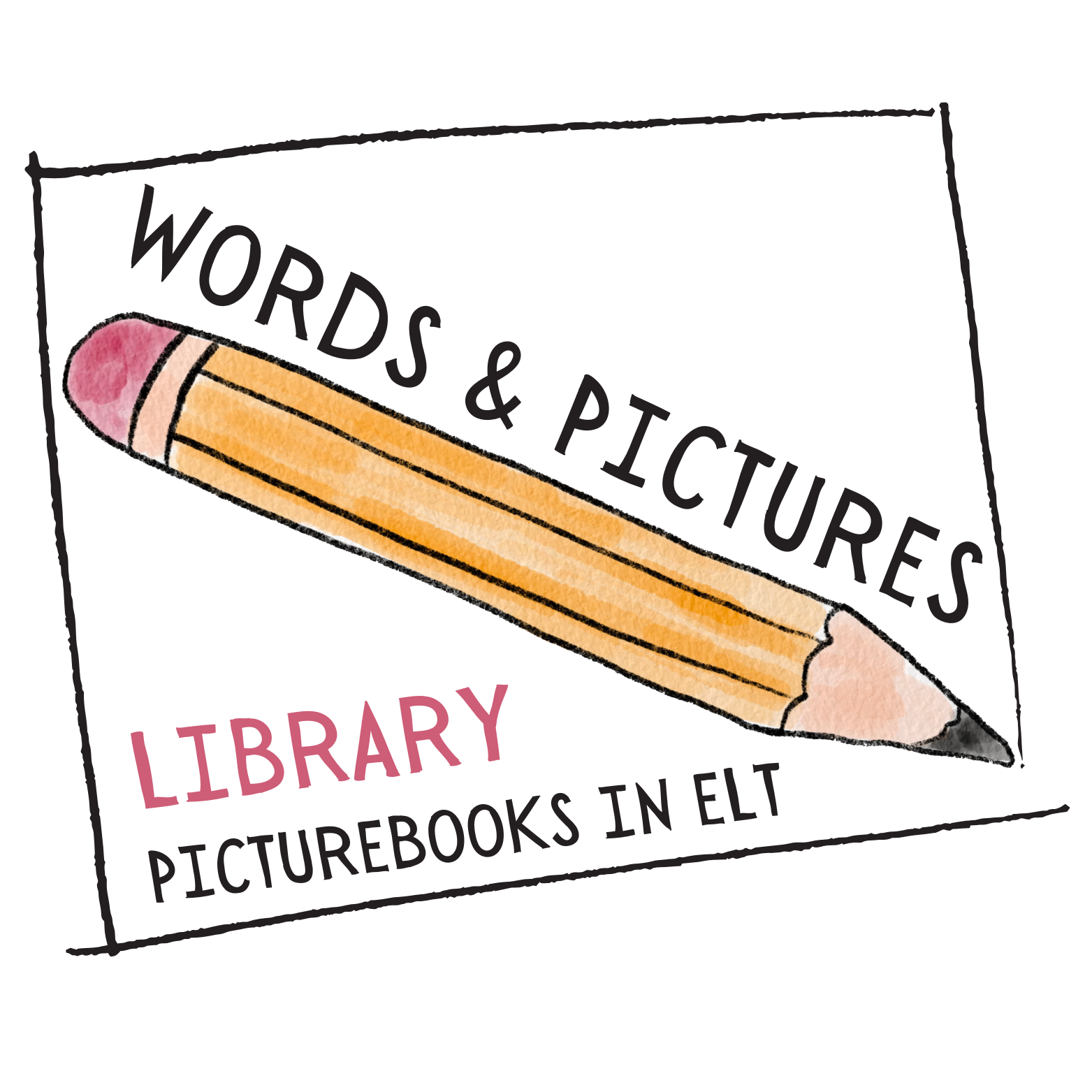Read More
These lessons are for children to complete with teachers and/or parents (carers) at home. They can also be used by teachers working in a classroom context. To date, we have now completed 24 picturebook e-lessons, originally written during the Covid-19 pandemic for the PEPELT project to support online English language teaching.
Some of the e-lessons have an additional signed version read-aloud by Leanne Signed Stories. Leanne’s videos promote diversity, inclusion and awareness of British Sign Language (BSL) in mainstream school classes in the UK to enable pupils who are not deaf to become deaf aware.Please note … Activities can be selected according to the age, language level and interests of the child. They do not have do do every activity. Adapt the lessons to suit the needs of your learners.
And finally … The author read-alouds can be listened to and watched purely for pleasure and enjoyment ! They will give children plenty of exposure to rich, authentic English. However, we do suggest you complete some of the Look at the cover activities to encourage children to make predictions about the story from the title and cover illustration, and to appreciate the picturebook’s different features.If you are interested in finding out more about these e-lessons, check our chapter:
Ellis, G., Gruenbaum, T. 2023. Reimagining Picturebook Pedagogy for Online Primary English Language Education. In D. Valente & D. Xerri, D. (Eds.). Innovative practices in early English language education. Palgrave Macmillan.Read More
Within this age range, individual differences in children are especially marked. There are also vast social, emotional and cognitive differences as well as physical and pscychological differences and a range of factors influencing children’s English language learning.
Picturebooks can be interpreted on many levels and thus satisfy children of different ages, at different points in their English language learning. In order to cater for these variables, the mini picturebook e-lessons cover the CEFR level descriptors pre A1 – A2. The e-lessons contain suggested activities to pick and choose from within these levels depending on the age, language level and interests of the children and time available. The lessons can also be easily adapted to suit children’s needs and many activities can span the primary age range depending on the amount of scaffolding provided.
Read More
Children will be able to:
Easy to follow action verbs such as ‘predict, act out, think, personalise’ make learning comprehensible and explicit.
The e-lessons contain suggested activities to pick and choose from depending on the age, language level and interests of the children and time available. The lessons can be easily adapted to suit their needs.
Children are encouraged to share their work with their classmates and teacher to make learning motivating and collaborative and to create a virtual community of learners.
Read More

Step 1 The Cover:
Look at the cover to predict, research information and check key words.
Step 2 The video read-aloud:Listen and watch (A) the picturebook creator reading aloud for general understanding. Tell children they are not expected to understand every word.
Step 3 The video read-aloud:Listen and watch (B) the picturebook creator reading aloud to develop observation, listening and comprehension skills.
Step 4 Your Voice:Add your voice to make personal, cross-curricular, and intercultural connections.
Step 5 Your Work:Share and evaluate your work with your classmates and teacher.
Read More
Depending on the children’s age and level of English, allow them to use their own language or shared classroom language for their evaluation. This will enable them to give more detailed responses.
Part A: Personal response:Ask children to answer and complete some or all of the personal response questions and sentence stems. This can be done either as an oral or written activity and can be done individually, in pairs or as a class discussion.
Part B: Self-evaluationAsk children to evaluate how well they did by drawing the corresponding face in the books. Lead a class discussion. Help children identify what they need to revise or understand better in their next learning journey. Once the children have gained some experience of how to reflect on and evaluate their own learning, they will gradually start asking themselves the questions independently.
Read More
Recommended Resource: Picturebooks in European Primary English Language Teaching (PEPELT) Mini e-Lessons by Alison Hasegawa.
Read


